Find the potential difference (inV) between points A and B shown in the circuit.
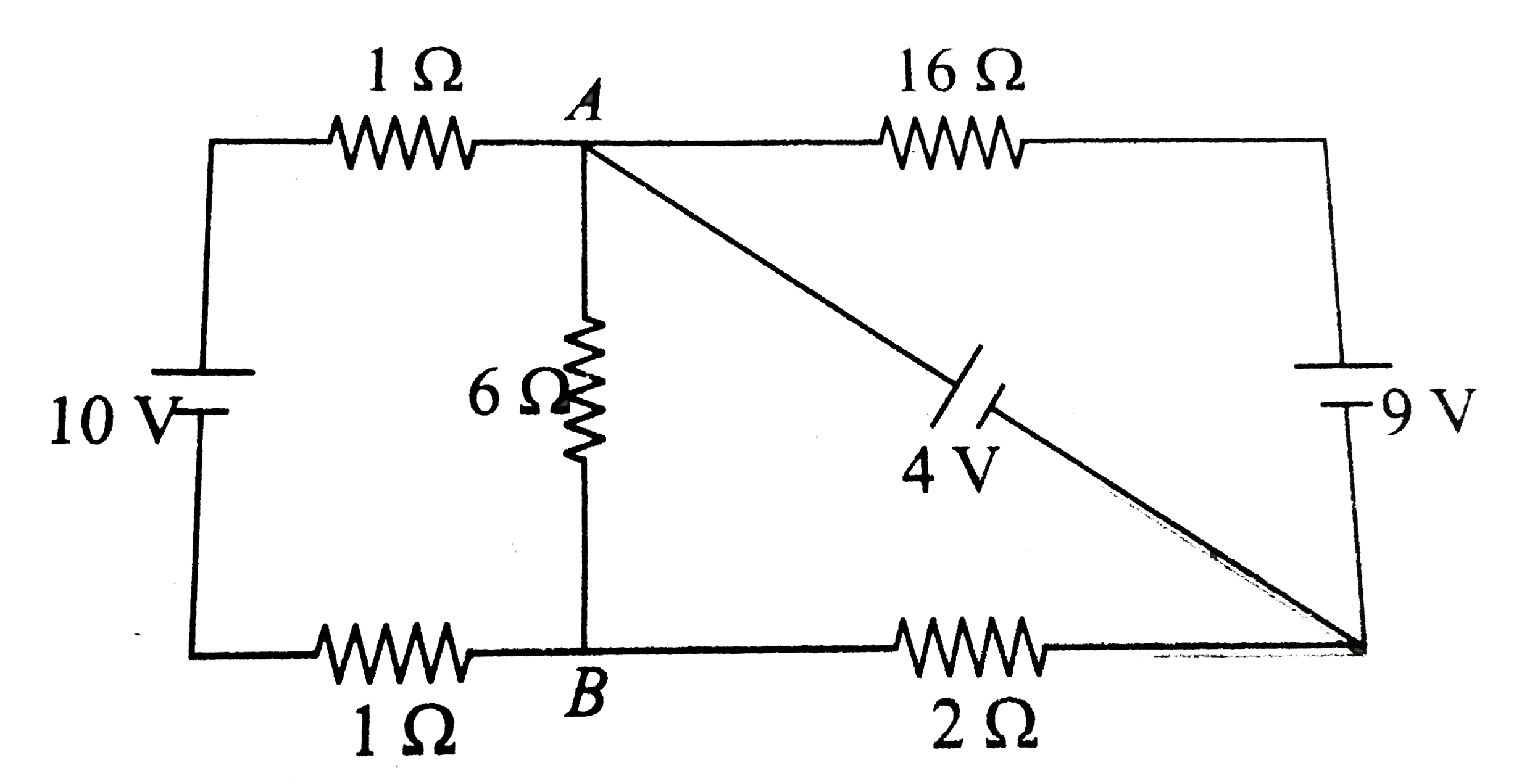
The correct Answer is:6
9V and 16Ω can be ignored because potential difference between A and c is fixed, which is 4V. The circuit can be drawn as follows : 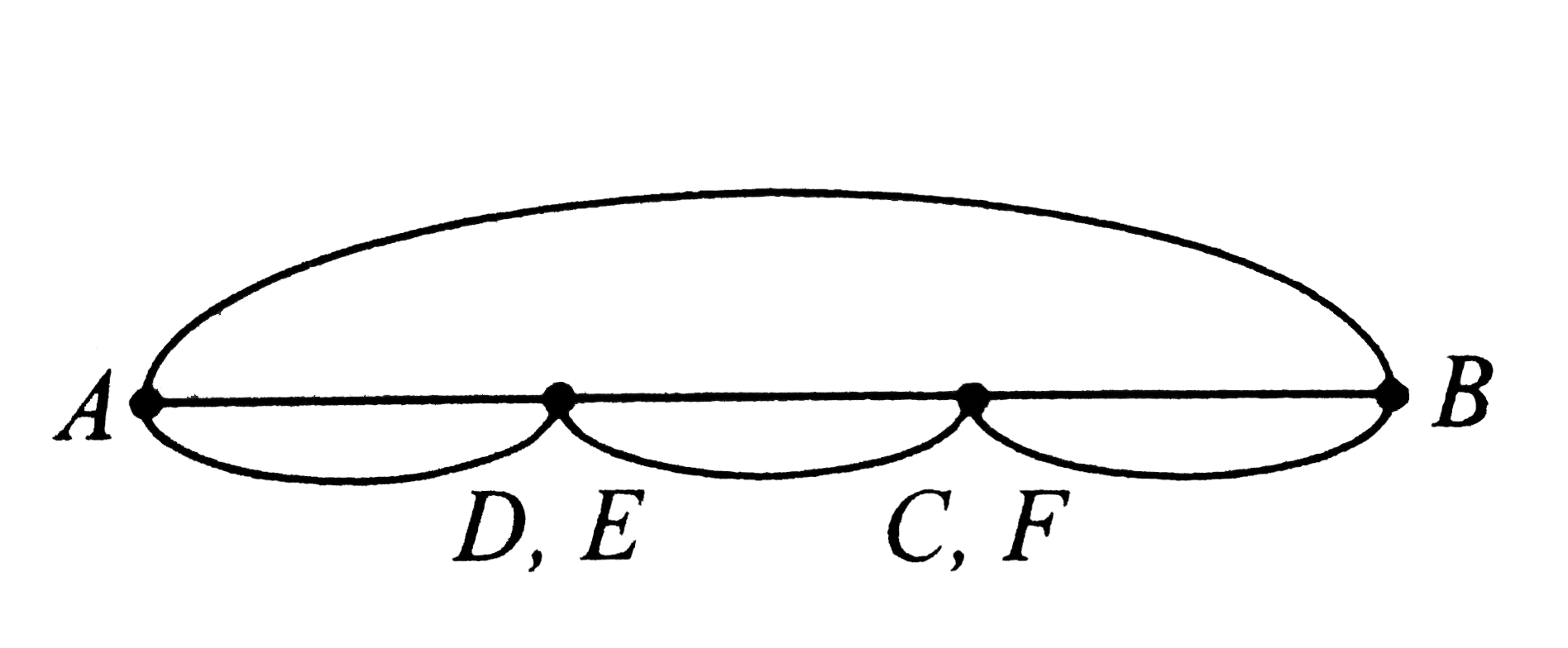 ,
, 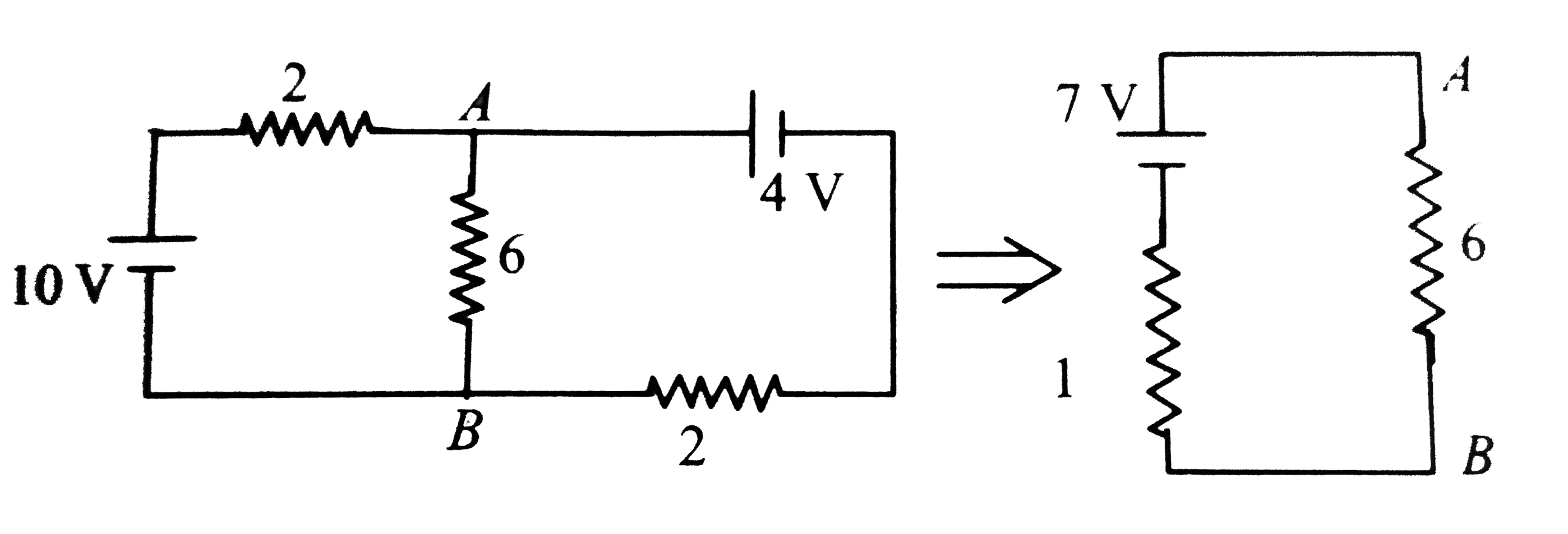
Equivalent emf is e=Σ(E/r)Σ(1/r)=10/2+4/21/2+1/2=7V
Equivalent internal resistance is r0=1Simga(1/r)=11/2+1/2=1Ω
Now VAB=7(6+1)×6=6V
Topper's Solved these Questions
- BOOK - CENGAGE PHYSICS ENGLISHCHAPTER - ELECTRIC CURRENT AND CIRCUITEXERCISE - Comprehension35videos
ELECTRIC CURRENT AND CIRCUIT
- BOOK - CENGAGE PHYSICS ENGLISHCHAPTER - ELECTRIC CURRENT & CIRCUITSEXERCISE - Kirchhoff s law and simple circuits15videos
ELECTRIC CURRENT & CIRCUITS
- BOOK - CENGAGE PHYSICS ENGLISHCHAPTER - ELECTRIC FLUX AND GAUSS LAWEXERCISE - MCQ s38videos
ELECTRIC FLUX AND GAUSS LAW
Similar Questions
Find the potential difference VA−VB between points A and B of the circuit shown in figure.
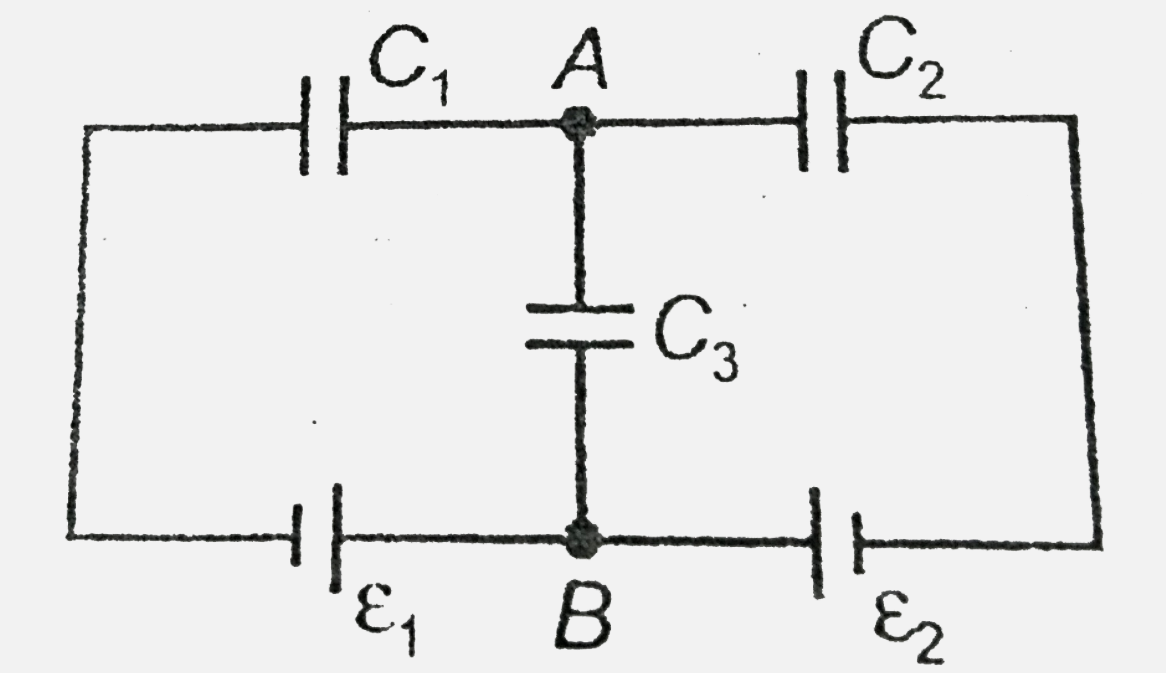 View Solution
View SolutionFind theh potential difference between points a and b.
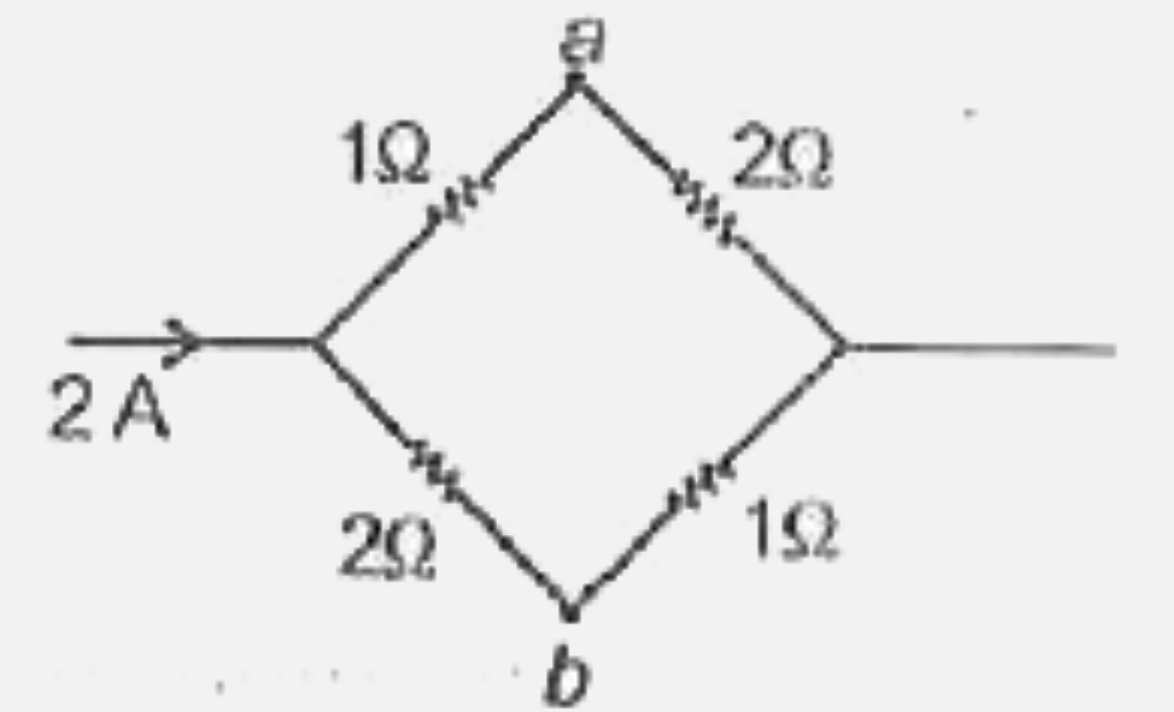 View Solution
View SolutionThe potential difference between points A and B is
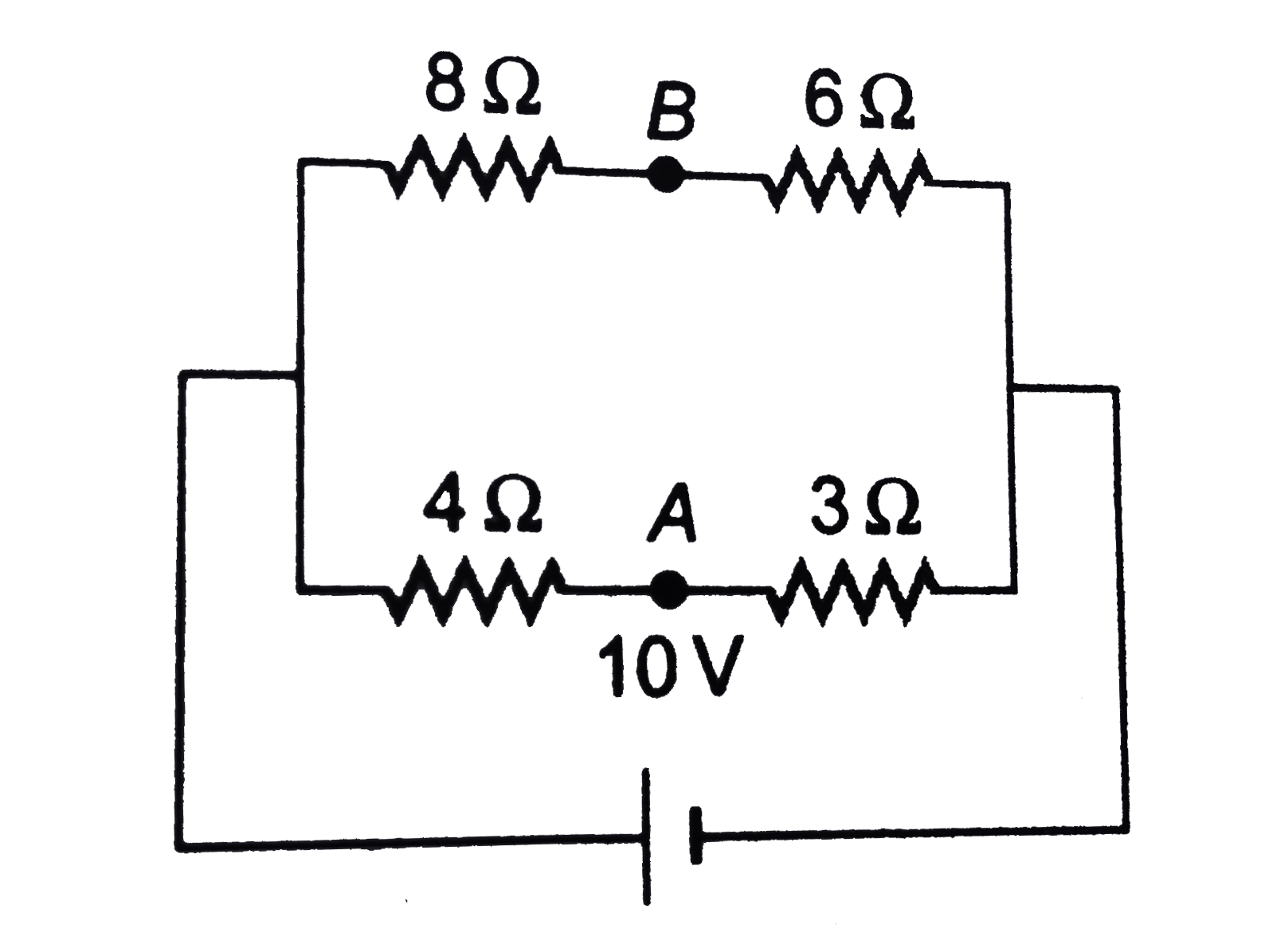 View Solution
View SolutionThe potential difference between points A and B is
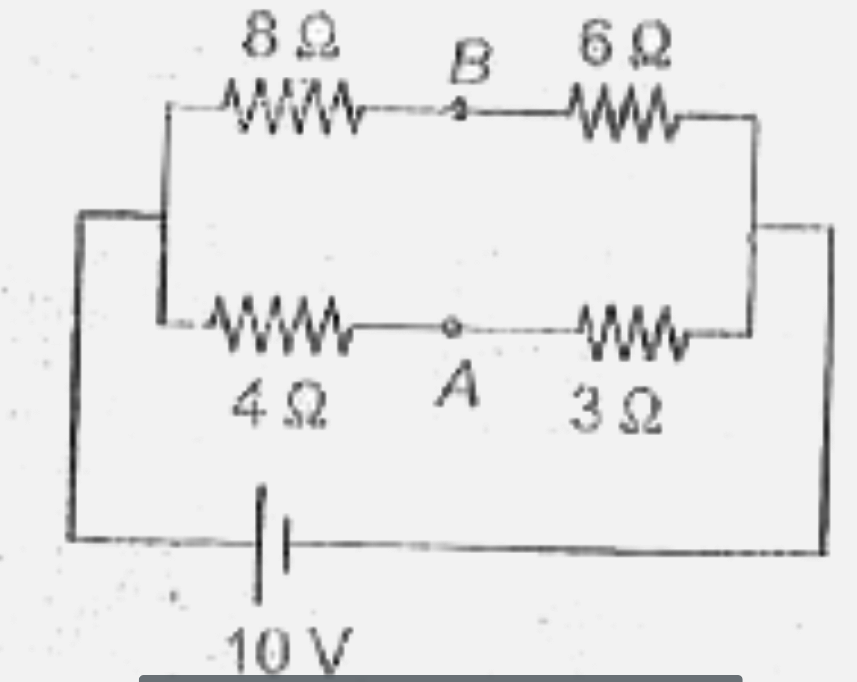 View Solution
View SolutionThe potential difference between points A and B is
 View Solution
View SolutionFind the potential differnce VA−VB between points A and B of the circuit shown in.
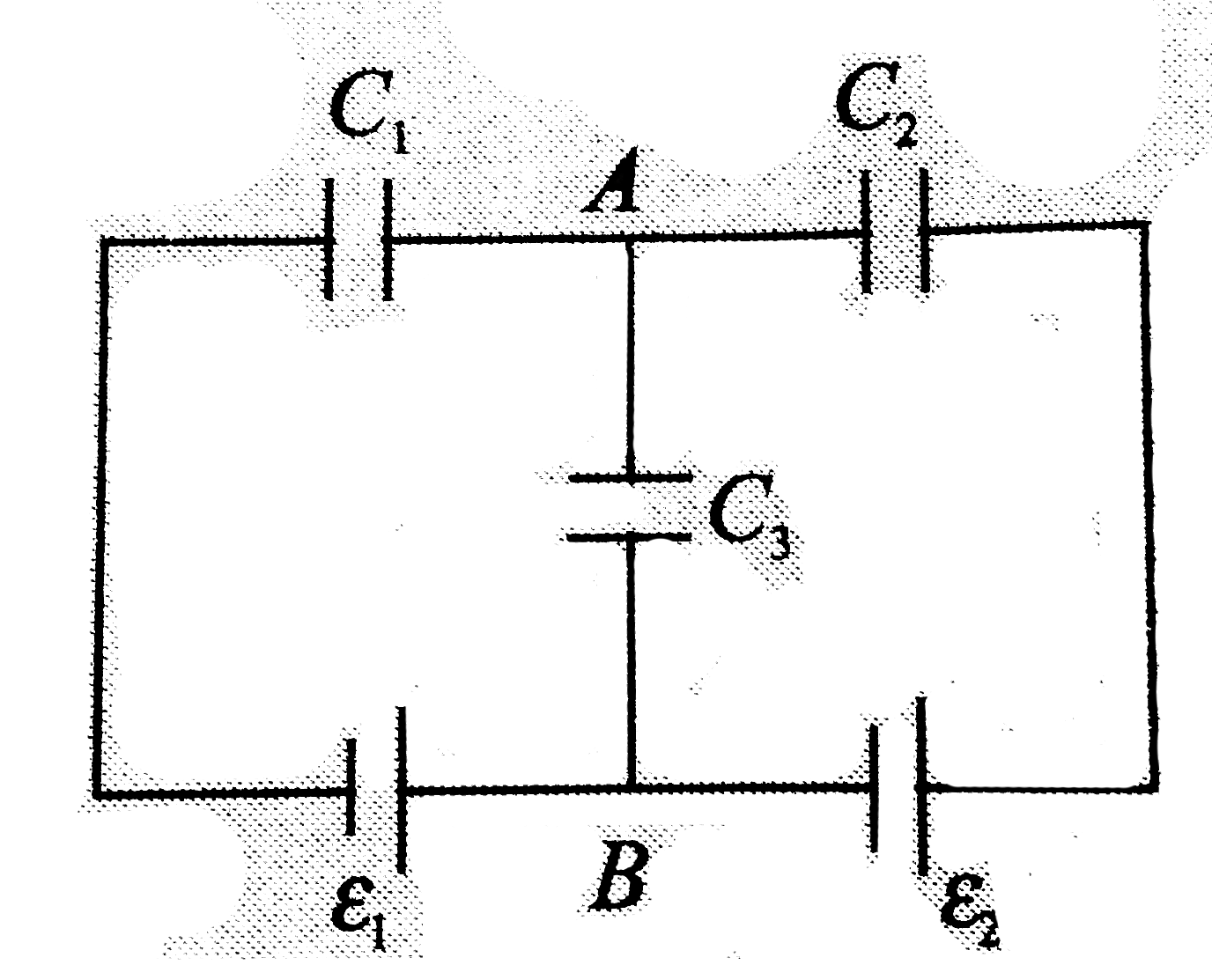 . View Solution
. View SolutionFind the potential difference between the points A and B in the circuit shoun in.
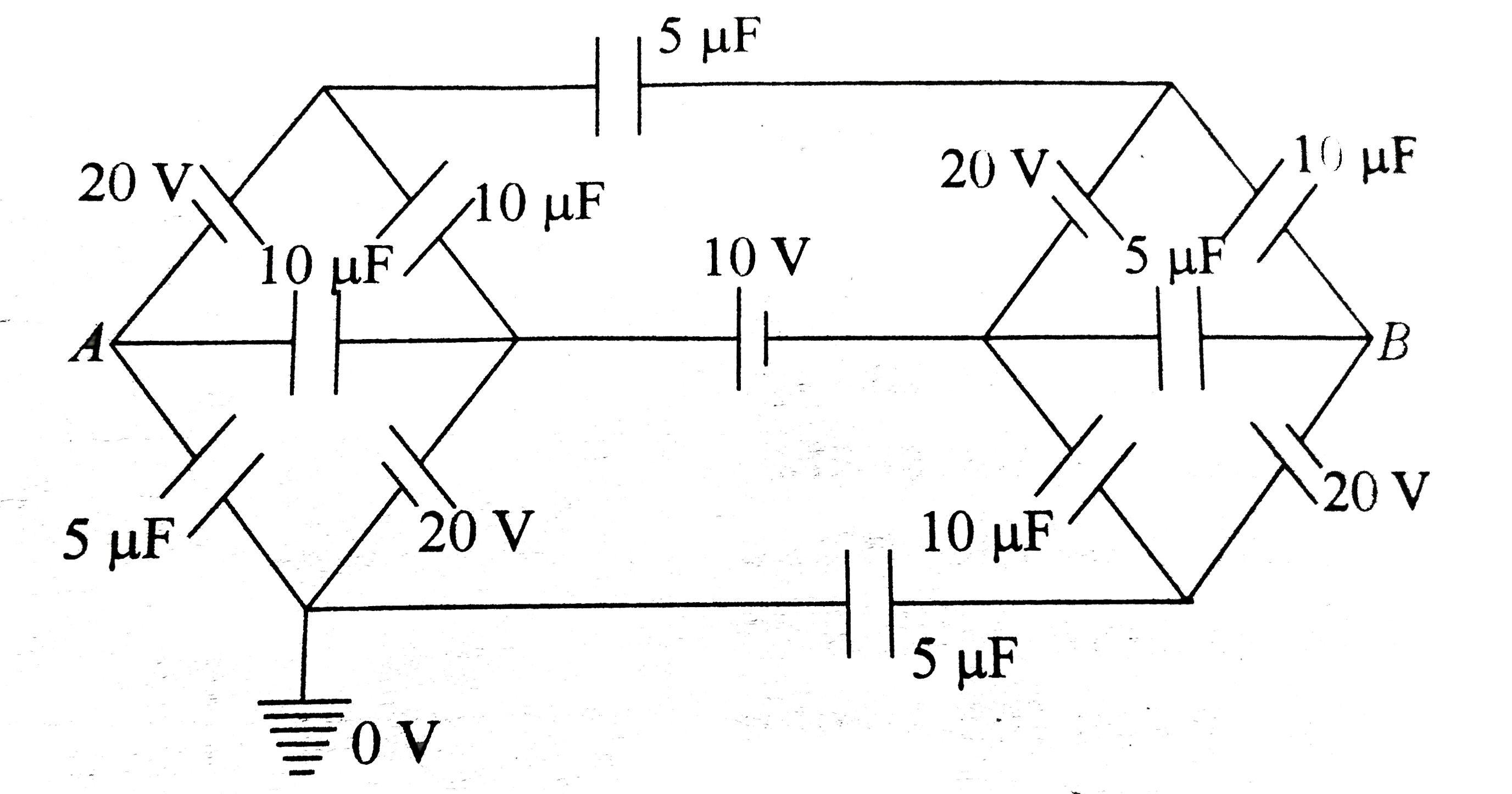 .View Solution
.View SolutionDetermine the potential difference ϕA−ϕB between points A and B of the circuit
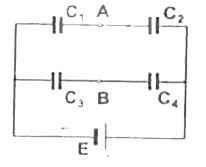 View Solution
View SolutionDetermine the potential difference VA−VB between point A and B of the circuit shown in figure . Under what condition is it equal to zero ?
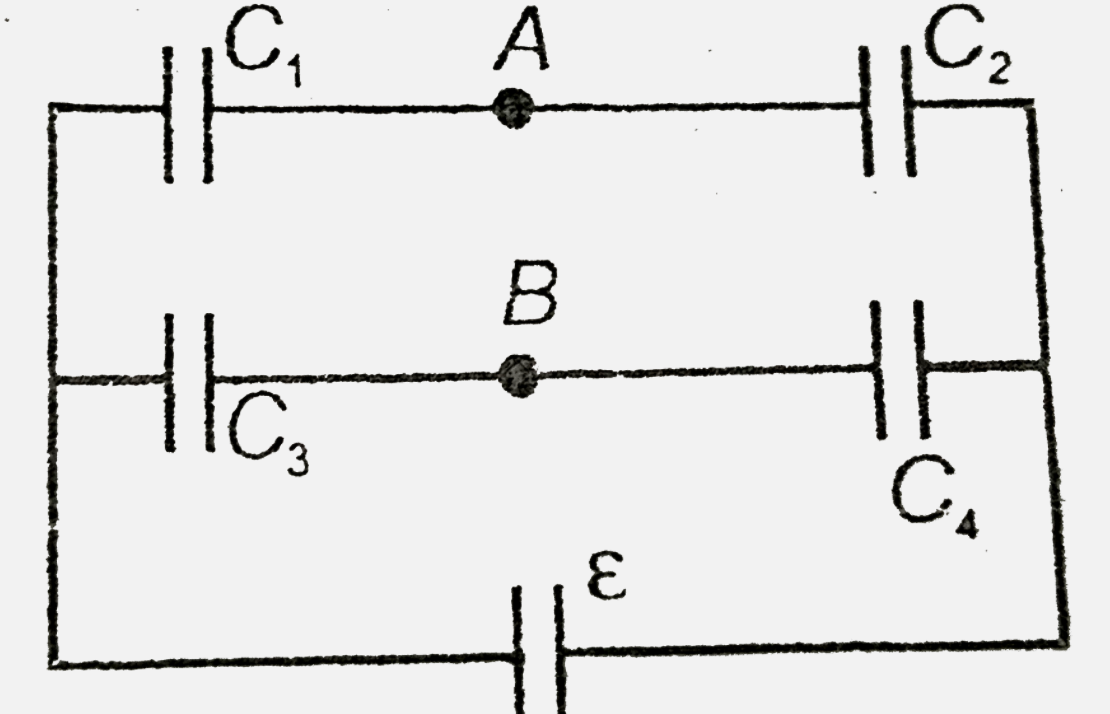 View Solution
View SolutionWhat is the potential difference between points A and B in the circuit shown?
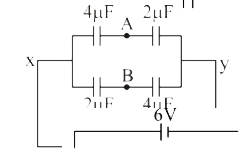 View Solution
View Solution

